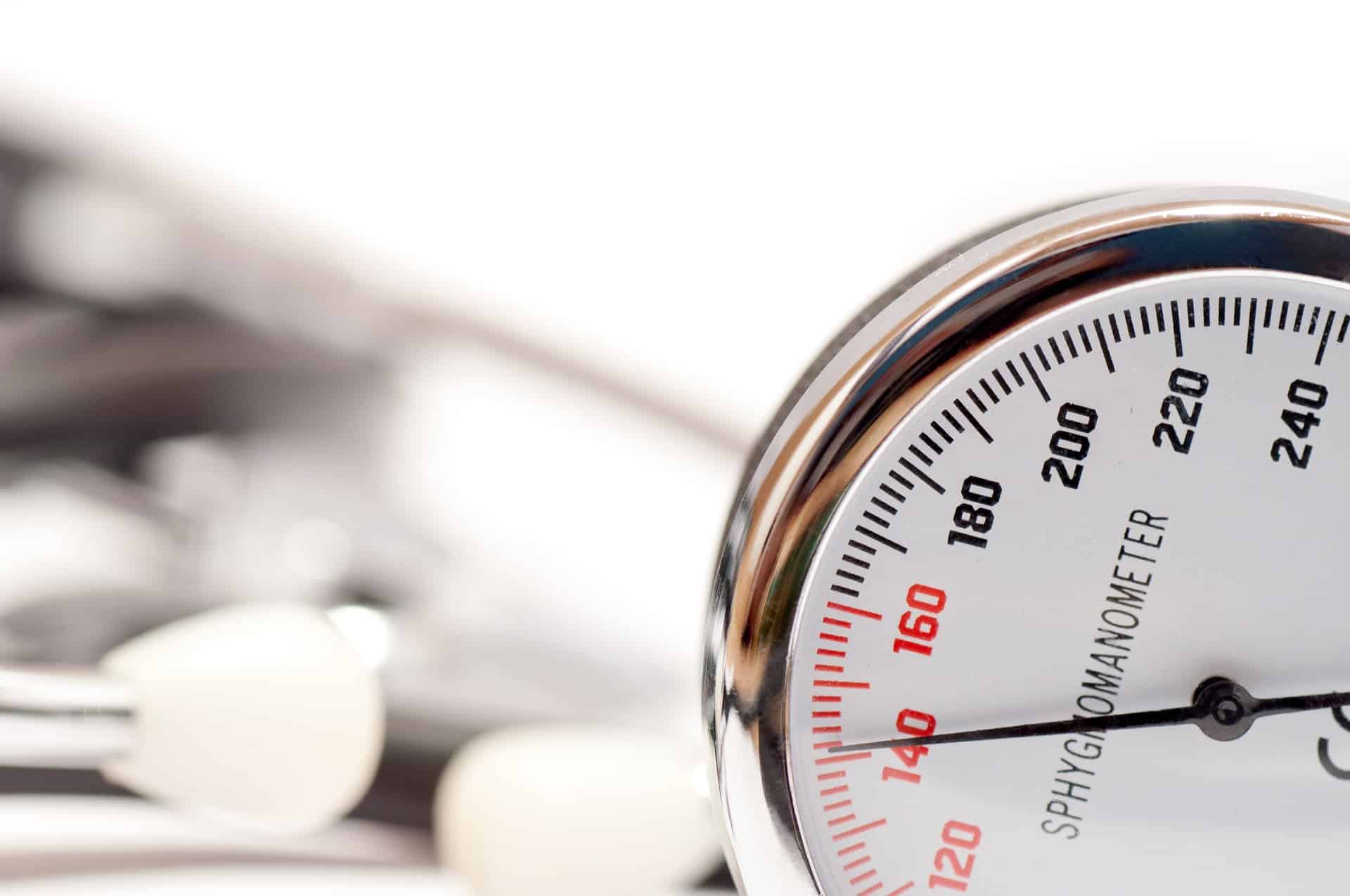How is gestational
the diabetes treated?
The main treatment for gestational diabetes is a proper diet in combination with mild daily exercise, such as walking, if there is no obstetric contraindication.
- Proper nutrition preferably includes wholemeal products and entails avoiding sweets and saturated fats. Normally there are six meals a day: three main mealsand three snacks.Fruit in the right quantity is essential, as are vegetables. Whole fruits are preferable to juices. Dairy products are also necessary because they contain protein and calcium, but they must always be pasteurised.
- The diet is worked out to ensure the correct ratio and quantity of proteins, fats and carbohydrates (bread, rice, potatoes, pasta, etc.). This is very important both for managing diabetes and to ensure you get the required energy and nutrients through food. It’s wrong to deprive yourself of food and it does not benefit either you, as a pregnant woman, or the foetus.
- Usually, correct nutrition in combination with daily walking is sufficient to manage sugar levels. Insulin or other medicines may be needed when diet and walking are not sufficient.
- In any case, measurements of blood sugar levels using a special device (a blood glucose meter) are needed to check them and to make appropriate interventions when the blood sugar levels are increased or much reduced.
- Working with your doctor, you can develop a personal plan and decide how frequently measurements need to be taken. For most women with gestational diabetes, the targets for sugar levels are as follows:
- Fasting sugar: ≤ 95 mg/dl .
- Sugar one hour after food: ≤ 140 mg/dl .
- In addition to blood sugar measurements, the body weight of the pregnant woman and the anthropometric measures of the foetus need to be monitored.

Testing pregnant women for gestational diabetes

Childbirth and beyond


